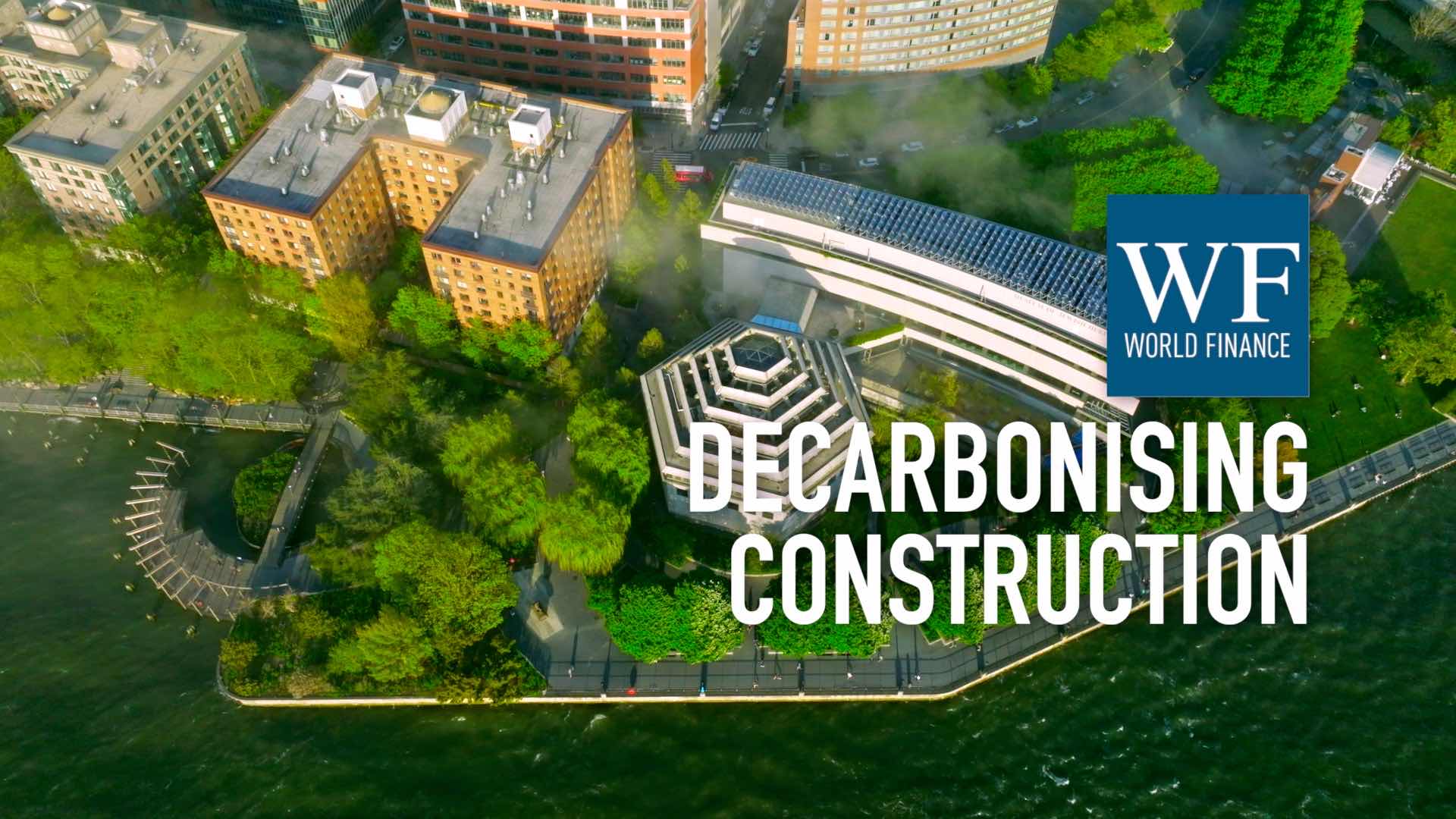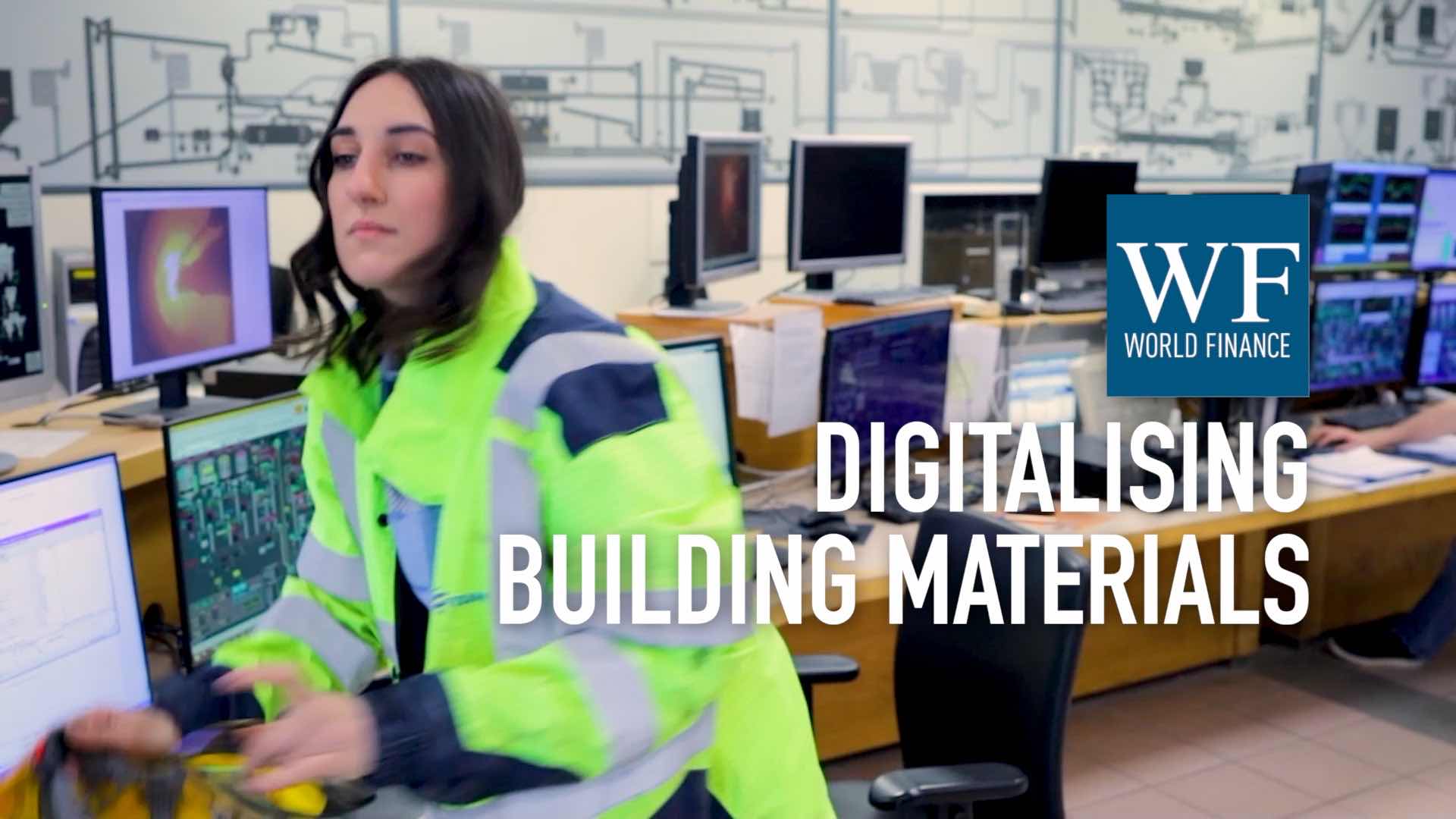Luis Andrade on PPPs in Colombia | Bonus Banca | Video
World Finance interviews Luis Andrade, Head of Colombia's National Infrastructure Agency, on Colombia's Prosperity Highways project and the structure of PPPs in the country
Related:
Transcript
Two years ago, the Colombia government consolidated a new national infrastructure agency. The new body has the responsibility of securing over $27bn in investment by 2021. Luis Andrade, the President of the National Infrastructure Agency of Colombia, discusses Colombia’s ambitious PPP programme, and especially its Prosperity Highways project, design to connect financial capital Medellin to Colombia’s ports.
World Finance: Luis, maybe you can start by telling me the importance of the Prosperity Highways Project for Colombia?
Luis Andrade: So, we need to make the country more competitive, and therefore we need to make the roads straighter. We need to have trucks going at 80km/h through tunnels and bridges, and we also need to add lanes.
The Prosperity Highways is the biggest component of this programme. It’s centred around the city of Medellin, the second-largest city of Colombia, and the objective is to connect Medellin to the ports in the Caribbean and the ports in the Pacific.
To give you an idea of the impact of this programme, today to go from Medellin to the closest Caribbean port takes 10 hours. That’s in the Gulf of Uraba. With the new road it’s going to take four hours, less than half the time. So it’s a lot of competitiveness for the country, and a lot of employment during the period of construction.
The Prosperity Highways programme alone is likely to generate 60,000 direct jobs during the five year period of construction.
World Finance: How much interest have you seen from foreign PPP sponsors in participating in Colombia’s infrastructure projects?
Luis Andrade: A lot more than expected. We’re actually quite satisfied. In our pre-qualification rounds, we’ve had the participation of more than 25 international developers. Those 25, a big number of them are in the top 10 list of the world, and to our satisfaction they’ve also teamed up with local players.
And I think this is happening because we’ve invested a lot of money preparing the projects, reducing the risk of the projects. We’ve invested $100m in viability studies, in engineering, environmental and financial studies. We have a very transparent and simple process that gives them guarantees that they have an equal chance. And we’ve also worked a lot on making the projects attractive to them.
World Finance: What are the key elements of the business model for these PPP projects?
Luis Andrade: Well, we’ve looked at the business with our financial advisor Bonus, to make sure that they’re definitely attractive to the private sector. The first thing that we had to do was set a target rate of return on equity. So we set a target rate of 13 percent plus inflation, which we think is an attractive rate for foreign investors.
We also defined 25 year projects, where we have a total revenue guaranty over the life of the contract. So if the developer is not able to get the revenues it expected, it gets additional years, and if not, a lump sum payment from the government. That reduces risk very significantly.
World Finance: What are the main financial challenges for these projects?
Luis Andrade: Well, we have two big challenges, and I think the first one is common to many project finances around the world, the second one is very particular to Colombia.
The first one is, going from the construction financing to the long-term financing. Most banks are willing to lend on a 7-10 year basis during the construction period, but these projects really have a cashflow for 25 years. So we need to have a refinancing event at that point. That’s a big challenge.
Another big challenge is the size of the Colombian financial system. The projects are quite large for the capacity of our financial system, so, we’re working on ways of making this possible.
World Finance: And finally, what role will the Colombian government and multilaterals play in financing these projects?
Luis Andrade: We’ve been discussing with our finance ministry and our development bank on what role the government can play to help catalyse the inflow of money from the private sector. And we think there’s two ways we can do it.
One way is by providing subordinated debt, kind of a quasi-equity, to improve the rating of the senior debt provided by banks, and eventually in a securitisation. But also by providing some of the cashflows in US dollars, in such a way that we can tap the foreign markets, and we can attract financing by foreign banks and foreign institutional investors.
In all this process we are accompanied by the multilaterials, for example, the IFC, the Inter-American Development Bank, and the CAF. So we expect that the subordinated debt provided by the Colombian Development Bank will be accompanied by subordinated debt provided by the multilaterals.
World Finance: Luis, thank you.
Luis Andrade: Thank you Jenny.

 Investing in innovation: TITAN Group’s €40m commitment to transform construction
Investing in innovation: TITAN Group’s €40m commitment to transform construction TITAN Group: Sustainable and smart construction, powered by digital technology
TITAN Group: Sustainable and smart construction, powered by digital technology
